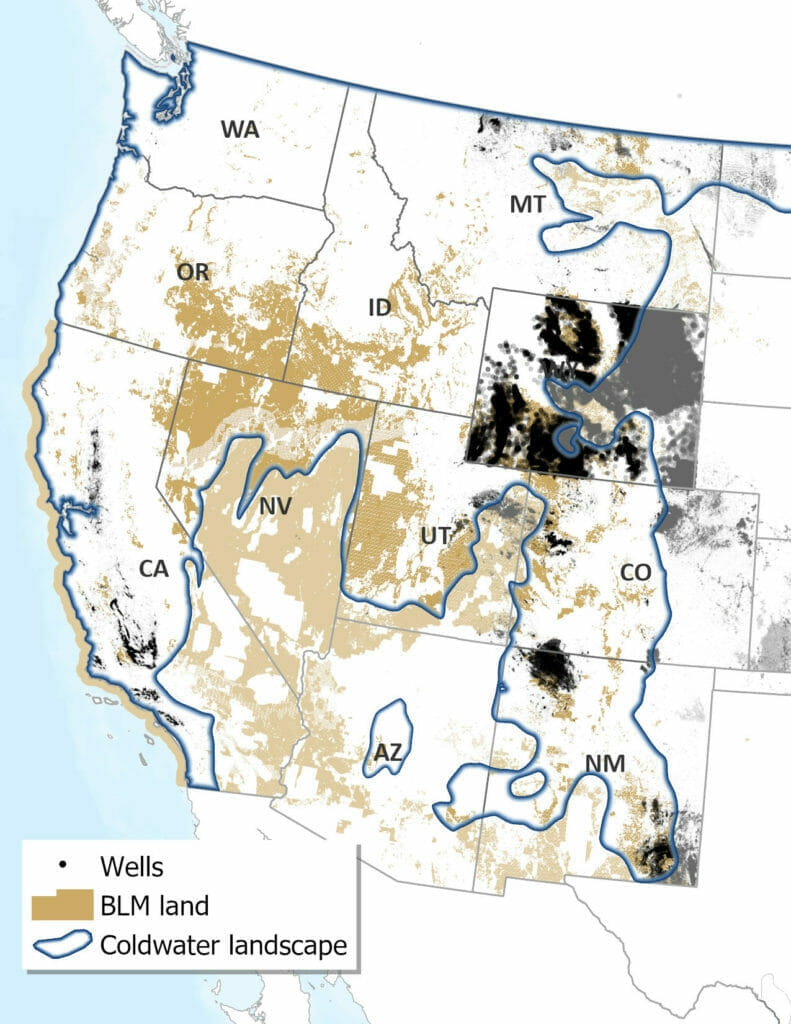Welcome to the latest installment of the Wednesday Wake-Up Call, a roundup of the most pressing conservation issues important to anglers. Working with our friends at Trout Unlimited, Backcountry Hunters & Anglers, the Theodore Roosevelt Conservation Partnership, The Everglades Foundation, Captains for Clean Water, VoteWater.org, and Conservation Hawks (among others), we’ll make sure you’ve got the information you need to understand the issues and form solid opinions.
1. Assessing Hurricane Ian’s Effect on the Everglades
In 2017, Hurricane Irma destroyed 40% of the mangrove habitat in the Everglades, leaving an already threatened ecosystem teetering on the brink. These mangroves are vital to holding back saltwater intrusion, combatting sea-level rise, and sequestering carbon. Last week, Steve Davis, chief science officer for the Everglades Foundation, performed an aerial survey to see how those same mangrove forests had survived Ian:
Davis’ verdict? South Florida’s ecosystem appears to have weathered the storm. The hurricane may have even helped clear out some lingering polluted water.
“That is really heartening to see,” he said. “What we saw with Ian in this flight today was not as much wind damage. In fact, there was very little wind damage at all. What we saw mostly was evidence of surge.”
Click here for the full story from the Miami Herald
Related stories:
2. Both Sides Dig in as EPA’s Final Decision on Pebble Mine Nears

The Pebble Mine has endured a decades-long fight spanning three administrations, all of which have moved to block the mine to protect the fishery. The developers, Canada-based Northern Dynasty Minerals Ltd. and other investors doing business as the Pebble Limited Partnership, are still determined to keep the project alive.
It would be unusual for the EPA to reverse its preliminary decision to ban mining wastes from Bristol Bay under a provision of the Clean Water Act, but the Pebble Limited Partnership won’t be reluctant to take the EPA to court to secure the permits it needs, according to a spokesman.
Click here for the full story from Roll Call
3. Half of Sagebrush Ecosystem Has Been Lost, According to Report

Photo courtesy USDA
.
A new U.S. Geological Survey report shows that half of the original sagebrush ecosystem has been lost at a rate of approximately 1.3 million acres each year in the last two decades.
The sagebrush ecosystem is the largest terrestrial biome in the Lower 48 at over 165 million acres spanning 13 Western states. It is home, of course, to the iconic greater sage grouse, a species that has driven unprecedented collaboration between state and federal managers for multiple decades, and yet sage grouse populations continue to decline.
Click here for the full story from TRCP
4. New Drilling Policies Will Benefit Fish and Wildlife

Last month, as part of landmark climate legislation, Congress acted for the first time in decades to modernize the outdated oil and gas leasing program on our public lands.
The reforms signed into law in August established new fees, increased and added new royalty rates, and eliminated non-competitive leasing. These changes will reduce impacts to fish and wildlife, protect water resources, and affirm America’s commitment to public lands management that balances the interests of multiple users. At the same time, the new policies mean that taxpayers will receive a fair return as domestic oil and gas production ramps up.
Click here for the full story from Trout Unlimited
Credit: Source link































